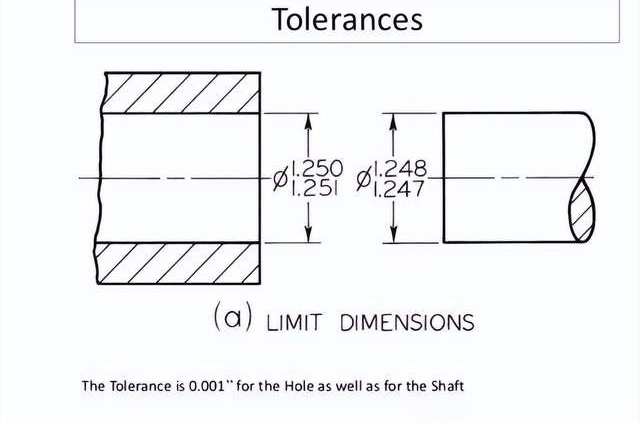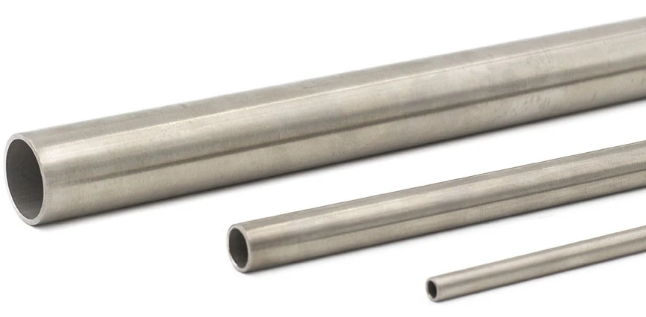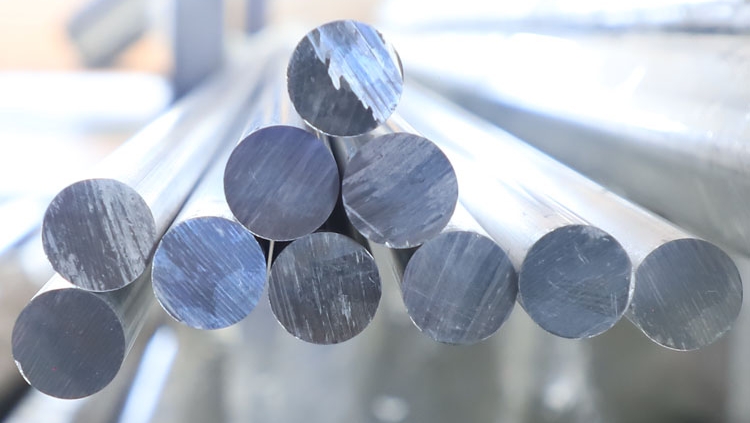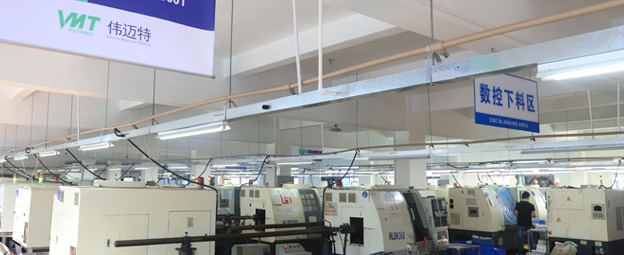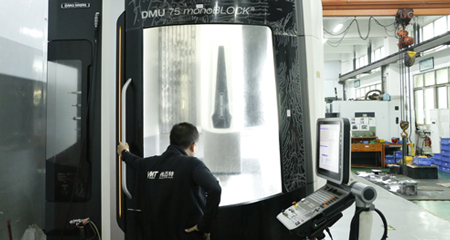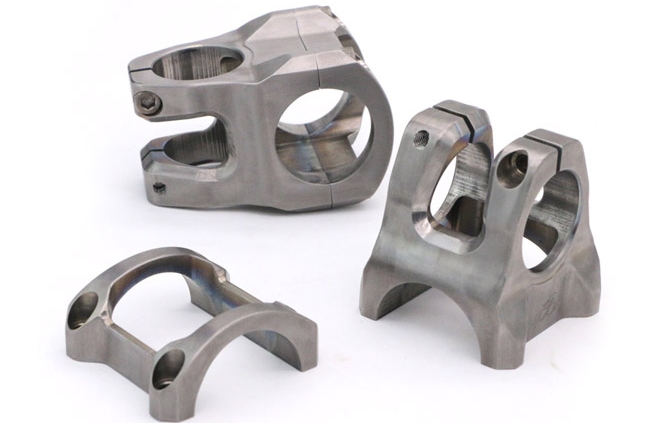Engineering drawing symbols simplify complex technical info, ensuring clear communication in CNC machining. They standardize details about shape, size, materials, and assembly, crucial for meeting design specs and guiding production.
The main difference between 304 and 316 stainless steel lies in their composition, corrosion resistance, and relevance in CNC machining. 316 stainless steel contains more molybdenum and is suitable for more demanding environments, while 304 stainless steel is more suitable for general use.
In the world of modern manufacturing, CNC machining and CNC milling have revolutionized the way industries produce high-quality parts. Discover the Top 10 Benefits of CNC Machining and CNC Milling, from their ability to handle complex designs to their cost-effectiveness and reliability in mass production.
Not all stainless steel is magnetic, and its magnetic properties depend on the alloy composition and crystal structure of the material. For engineers and CNC machining professionals, understanding whether a particular grade of stainless steel is magnetic is crucial when selecting the material for projects where magnetism plays a role.
Stainless steel turning refers to the process of machining stainless steel into precise, high-quality parts using lathe machines. It is used across various industries, from automotive to medical equipment, ensuring components meet stringent performance standards.
CNC precision turned parts are vital components in industries like automotive, aerospace, and medical devices. Their unmatched precision, versatility in materials, and ability to produce intricate designs make them essential for high-performance applications.
The automotive car chassis is the structural framework that holds the vehicle’s key systems like the engine, transmission, and suspension. It serves as the foundation for the car’s performance and safety. Understanding how it works can help enhance the vehicle’s design and durability.
5-axis CNC machining utilizes five axes of movement (three linear and two rotary) to machine parts with high precision and at multiple angles. This eliminates the need for repositioning, reduces errors, and accelerates production, especially for complex geometries that would be difficult to achieve with traditional 3-axis CNC milling.
Mechanical engineering drawings are essential to every stage of the product development lifecycle. From conceptualization to assembly, these drawings serve as blueprints that guide the creation of mechanical parts.
The price of titanium per pound fluctuates considerably depending on its grade, current market demand, and specific industrial applications. Scrap titanium can be acquired for as low as 3 per pound, whereas high−grade titanium alloys can reach up to 15 per pound.

